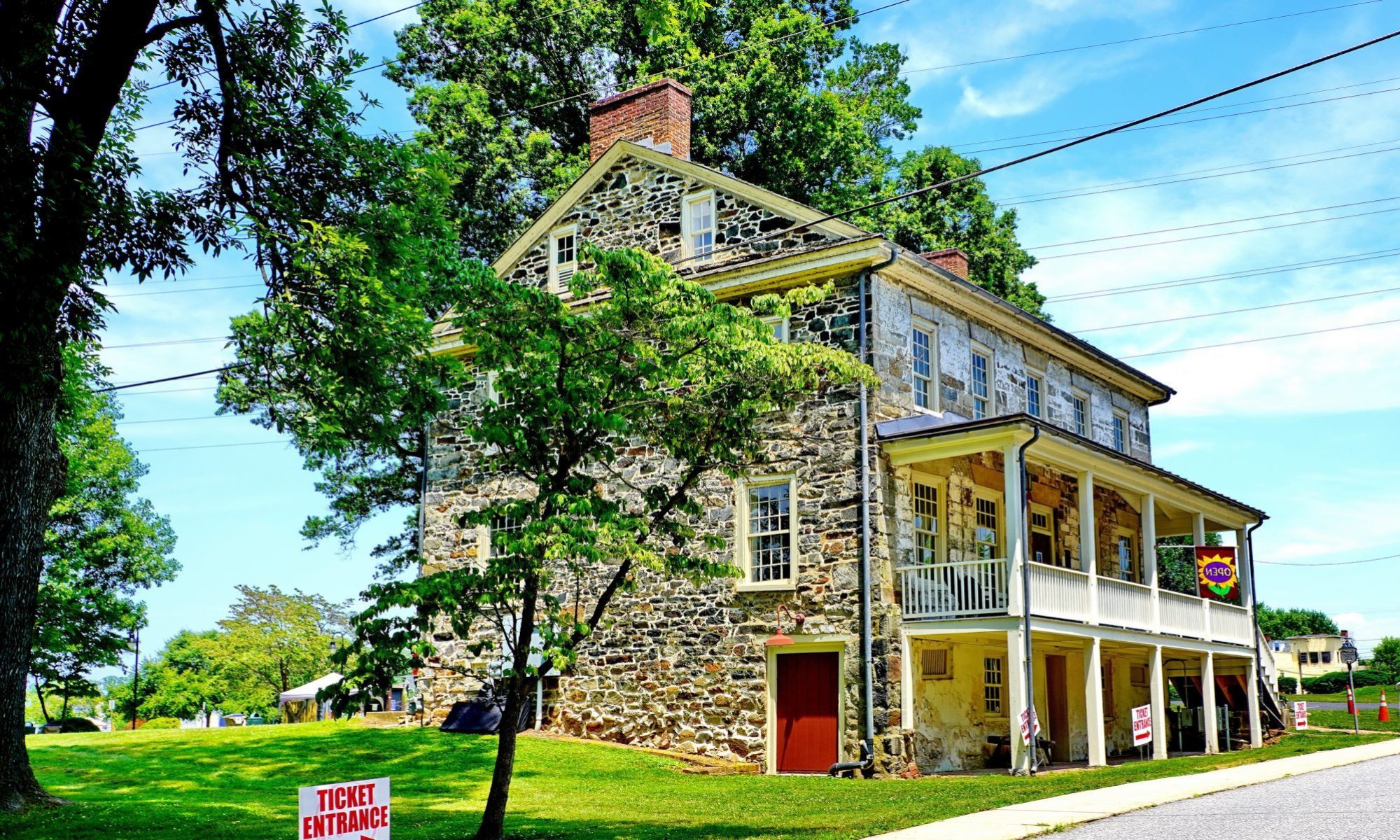On a sunny Saturday afternoon in August 1936, the majestic Hindenburg Airship graced the skies above Cecil County. Having just completed its fifth scheduled flight to the United States, this colossal Zeppelin had arrived at Lakehurst, New Jersey, with a full passenger load. However, due to choppy winds, the captain decided to forgo landing and instead treated the passengers to a scenic tour of Washington, D.C., and Baltimore.

As the Hindenburg journeyed towards the nation’s capital, it first soared over Atlantic City, then crossed the Delaware Bay, gliding gracefully over Frederica, Delaware, at 12:35 p.m. After reaching the southernmost point of its trip in Washington, the airship began its return to Lakehurst. Following a route that paralleled the Pennsylvania and Baltimore & Ohio Railroad lines, the Hindenburg passed over Cecil County between 3 and 4 p.m. Its relatively low altitude gave hundreds of spectators in the county a rare opportunity to witness this marvel of flight up close.1,2
On this afternoon, a baseball game was in full swing, featuring the Triumph Fusee Team from Elkton battling it out against the Rising Sun Hustlers. The Midland Journal remarked that the only thrill for spectators came when “Germany’s pride of the air, the Von Hindenburg, soared over the diamond on its way to Lakehurst.”3
After a day in the skies along the Atlantic Seaboard, the Hindenburg touched down at Lakehurst Naval Air Station at 6:55 p.m., concluding its journey.
Tragically, a year later, on May 14, 1937, the Midland Journal reported a devastating incident: approximately 40 passengers and crew members perished when the Hindenburg exploded while attempting to land at its hangar in Lakehurst, NJ. Many in Cecil County recalled observing the airship on that fine Saturday in 1936.













